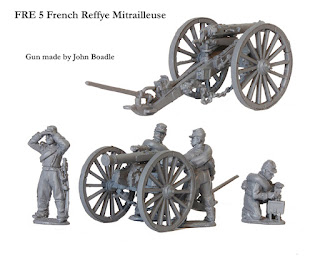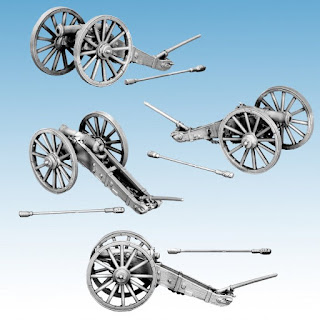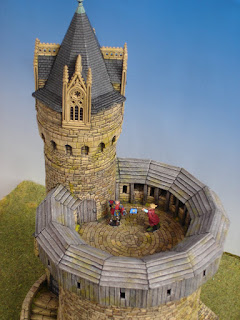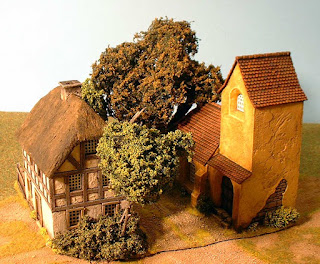In my post of 18th November, I mentioned that checking copyright permission to use these WI cover photos from 1989 produced a nice request from editor Dan Faulconbridge for a piece in the next issue. No sooner said than done, because here is the short piece we agreed which has now been published in WI 409, the new issue. I suppose it's definitely a sign of having been around for a long time when something you remember doing only a few years ago comes back as a nostalgia-based article! If anyone has found this blog because of the WI piece, welcome, and please leave a comment.
Dan is interested in publishing "how-to" articles from me in future, so that is something I will be thinking about in due course. I'm not sure whether, these days, it's more help to more people to publish such a thing in a magazine or online. Perhaps the answer is both, if we can find a way to do that.
Anyway, you may be thinking, enough of this fluff, where are the new photographs of scenic models we've been promised for several weeks now? Close, hopefully; I now have a camera, a lighting rig, a neutral background and Phil's shown me how to set it up. Unfortunately I took one look at the controls and the manual for the camera and it was my turn to have a glazing-over of the eyes. But I will knuckle down to learning how to use the beast, just as soon as the Christmas period is over.
Talking of which, Merry Christmas to everyone! It's been a ropey year for many of us, not least on account of the virus. But that's what we have hobbies for: something creative and interesting to focus on is a good way to cheer ourselves up when there's gloom in the real world!







































